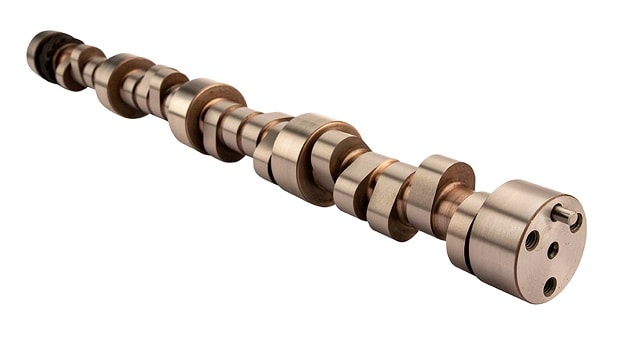
We want power – lots of it! We also have pesky interferences such as daily driving and changing weather conditions – and, sometimes, our wallets hurt after going to the gas station.
How do you pick the right camshaft for your car?
Forget Everyone Else’s Cam
It is all too common to see people receive recommendations for camshafts off the internet. Someone on YouTube has a nasty cam in their F-body, so let’s put it in ours! Someone on the forums said he put down “X amount of power” with his new cam from “company X,” so we should buy it too.
Forget about the noise. If you are buying your camshaft, you need to match it with your engine and needs – no exceptions.
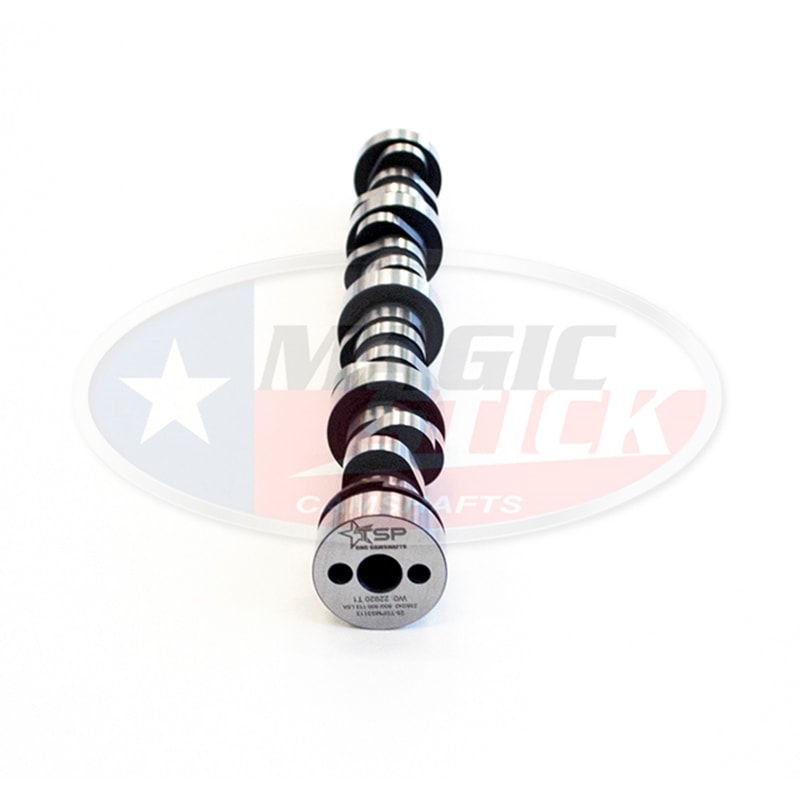
The Texas Speed & Performance “Magic Stick 4” camshaft is popular amongst late-model F-bodies. Just because someone else installed this cam and had remarkable results, doesn’t mean you should purchase it without first consulting Texas Speed with your needs and purpose.
Purpose
The camshaft’s purpose must match the purpose of your car. You need to seriously consider what RPMs you’re going to be driving in, and when you want your engine to wake up. If you daily drive your car, you should consider a milder cam that performs throughout the RPM range. If your car is for street/strip purposes, you can lean towards wilder camshafts. If your car is race only, then you probably have a camshaft installed already!
RPMs Matter
When you drive your car, you need to consider every circumstance in which you could possibly be driving. For the daily driver, you need to remember that just because it’s sunny today, doesn’t mean you won’t be faced with a freak snowstorm down the road, and might have to “put-put” through it just to get home. Finding a cam that adds 100HP sounds great on dry pavement and in the sun. Installing one on your daily driver and facing inclement weather will not be as fun.
If you drive an automatic, you need to pair your cam with your stall. If you haven’t upgraded your torque converter, you need to sit down and consider what stall speed to run, and then choose an appropriate camshaft. A stall will allow your engine to rev to a certain RPM before engaging the transmission at 100%, so having a cam that wakes up with the stall will create a great combination. If your stall is low, but your cam is high, you’ll be missing out on a lot of power. Likewise, a high stall and a cam that produces power at lower RPMs will be a waste.
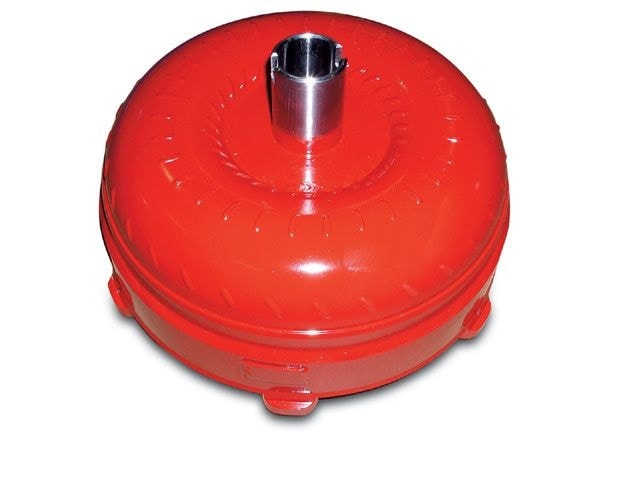
This SS Series torque converter from Yank Performance Converters is offered with stall speeds of 2,800, 3,200, 3,600 and 4,000 RPMs. If not matched properly with a camshaft, you could be losing serious power.
Naturally Aspirated or Power Adders?
If you are running nitrous, a supercharger or turbochargers on your engine, things can become complicated. These components change how your engine operates and must be considered when you’re selecting a camshaft. In the same sense of a stall, power adders function based on specific RPMs. Choosing the wrong camshaft can work against your goals, and you should always know your power adder’s specifications when selecting a camshaft.
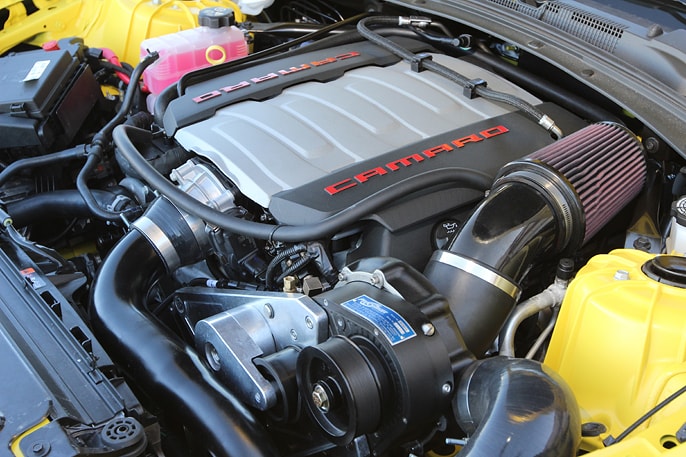
This factory 2016 Camaro SS has a Procharger kit installed. When selecting a camshaft, power adders must be considered.
New or Regrind?
Not every camshaft is created equally. New camshafts are cut from a solid billet of metal, while regrinds are camshafts that have been ground down to new dimensions. Essentially, a regrind is a used camshaft. These are not recommended for the daily driver or the street/strip car. Professional engine builders use regrinds at their discretion. For the wear that a daily driver will put on the camshaft, new is always the best option.
Cam Only?
If your goal is to gain as much power from your car as possible, a camshaft will definitely add power, but it will be more beneficial if you upgrade everything else. Since cams control the valve timing and airflow through an engine, upgrading the head(s), lifters, springs, retainers, rollers and rockers will aid in the cam’s performance. If you haven’t done so already, upgrading your air filter system, throttle body and intake manifold will have a huge impact. Upgrading your exhaust system will also allow you to see the full benefit of your camshaft.
If your engine is electronically controlled, you’re going to need to have it dyno tuned after installing a cam. Some cars might even have to be towed to the tuner because the computer will not be able to hold idle after the cam is installed. Keep this in mind.
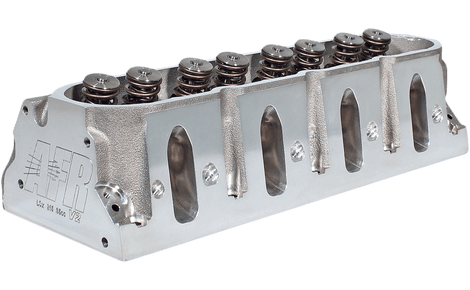
Adding a cam will increase power, but changing out other parts will increase the efficiency of the camshaft. A pair of aftermarket heads, such as this one from AFR, will net the highest gains from your camshaft.
The Budget Cam
Before we go into the specifications of camshafts, it is possible to install a cam with a budget. Depending on your engine, there may be other camshafts available in factory form such as the Z06 Corvette camshaft for LS1s and other LS/LQ based blocks.
Regarding budget, you should be aware that you won’t increase power nearly as much as if you were to purchase a camshaft and change other parts of your engine. With the labor involved in changing a camshaft, it is always recommended to upgrade the associated valvetrain parts as well.
The Right Cam
No one can configure your camshaft except for you. You can contact manufacturers and suppliers to discuss the best camshaft based on your needs. If you do not have a list of needs or a purpose for the camshaft, the conversation will be meek. Know your goals before you start shopping for a camshaft.
Hopefully you understand more about camshafts. This will be continued in Part Two, where we will break down the specifications of a camshaft and what they mean for your engine.


Leave a Reply